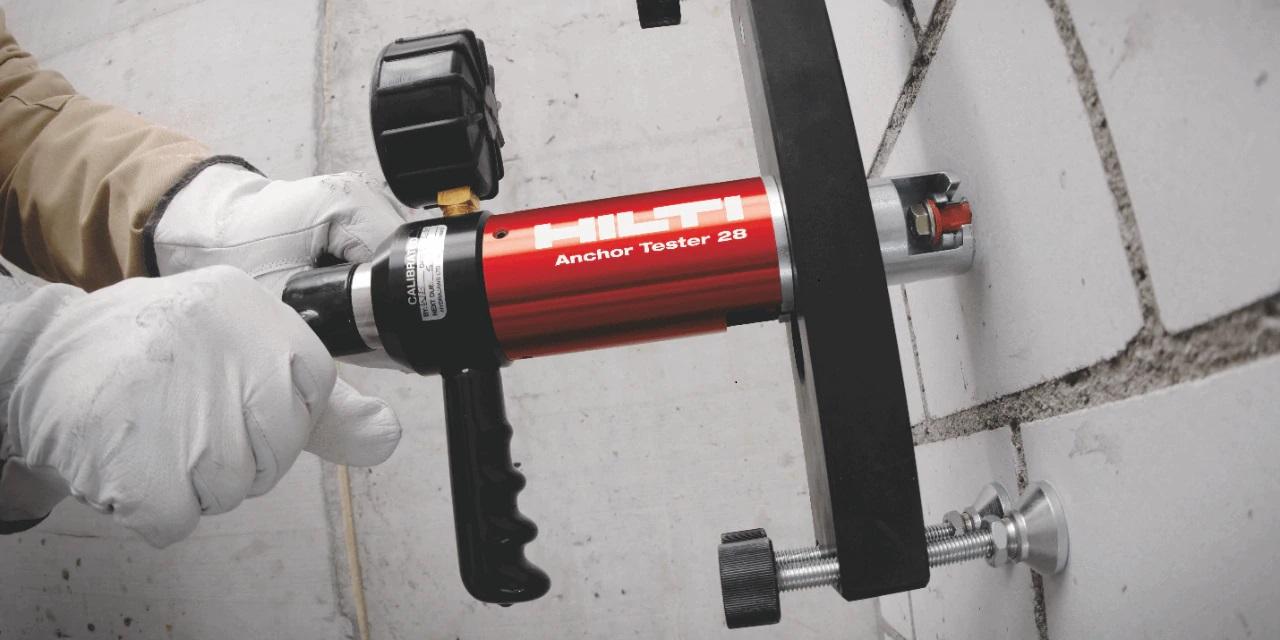In the realm of civil engineering, the structural integrity of composite constructions is paramount. One of the critical components ensuring this integrity is the shear connector, particularly shear studs. These elements play a crucial role in transferring shear forces between different structural elements, such as steel beams and concrete slabs. Understanding the behavior of shear connectors, especially under pull-out testing, is essential for designing safe and efficient structures.
Shear Studs and Shear Connectors: An Overview
Shear studs, typically made of high-strength steel, are welded onto steel beams and embedded into concrete slabs to create a composite action. This composite action enhances the overall strength and stiffness of the structure, allowing it to perform better under various loads. The primary function of shear studs is to transfer horizontal shear forces and prevent vertical separation between the steel and concrete components.
Shear connectors come in various forms, including welded studs, mechanical connectors, and embedded plates. Each type has its unique advantages and applications, but welded shear studs are the most commonly used due to their simplicity and effectiveness.
The Importance of Shear Connectors in Composite Structures
The effectiveness of shear connectors directly influences the performance of composite structures. They ensure that the steel and concrete elements act together as a single unit, enhancing the structure’s load-bearing capacity and stiffness. This synergy is crucial for resisting dynamic loads, such as those from wind and earthquakes, and static loads, such as the weight of the structure itself and the applied live loads.Wedge Anchor
Without effective shear connectors, the composite action would be compromised, leading to potential issues such as excessive deflection, reduced load-carrying capacity, and even catastrophic failure. Therefore, the design and testing of shear connectors are vital aspects of structural engineering.
Pull-Out Testing of Shear Studs
Pull-out testing is a standardized method used to evaluate the performance of shear studs. This test measures the force required to pull a stud out of the concrete, providing valuable data on the stud’s anchorage strength and the bond between the steel and concrete. The results of pull-out tests are critical for ensuring that the shear connectors will perform as expected in real-world conditions.
Procedure of Pull-Out Testing
The pull-out test involves embedding a shear stud into a concrete block and applying a tensile force until the stud is extracted from the concrete. The test setup typically includes:
Concrete Block Preparation: A concrete block of specified dimensions is cast with the shear stud embedded in it. The concrete is allowed to cure for a specified period to achieve the desired strength.
Test Apparatus: The concrete block is placed in a testing machine equipped with a hydraulic jack or actuator to apply the tensile force. The stud is gripped by a suitable fixture to ensure uniform load application.
Loading: The tensile force is gradually applied to the stud until it is pulled out of the concrete. The force is recorded continuously during the test.
Data Collection: The maximum pull-out force, displacement, and failure mode are recorded. The failure mode could be due to concrete cracking, stud yielding, or bond failure.
Interpreting Pull-Out Test Results
The results of pull-out tests provide insights into the performance of shear studs under tensile loads. Key parameters include:
Ultimate Pull-Out Force: The maximum force required to extract the stud. This value is used to assess the stud’s anchorage capacity.
Displacement: The movement of the stud during the test, indicating the deformation behavior of the connection.
Failure Mode: The manner in which the stud or concrete fails, providing information on the weakest link in the connection.
These parameters help engineers design shear connectors with adequate strength and ductility to ensure the safety and reliability of composite structures.
Factors Influencing the Performance of Shear Studs
Several factors can affect the performance of shear studs, including:
Stud Dimensions: The diameter and length of the stud influence its load-carrying capacity and bond strength.
Concrete Strength: Higher concrete strength generally leads to better anchorage and higher pull-out forces.
Embedment Depth: The depth at which the stud is embedded in the concrete affects the bond and the overall performance of the connection.
Surface Condition: The presence of rust, coatings, or other surface conditions on the stud can impact the bond with the concrete.
Loading Rate: The rate at which the load is applied during testing can affect the measured pull-out force and failure mode.
Advances in Shear Connector Technology
Recent advancements in materials and fabrication techniques have led to the development of new types of shear connectors with enhanced performance. These include:
High-Strength Steel Studs: The use of high-strength steel allows for smaller studs with higher load-carrying capacity.
Composite Connectors: Combining different materials, such as steel and fiber-reinforced polymers, to create connectors with improved properties.
Innovative Designs: New designs, such as headed studs or mechanical anchors, provide better bond and load transfer capabilities.
Applications of Pull-Out Testing in Structural Engineering
Pull-out testing is not only used for evaluating shear studs but also for various applications in structural engineering, such as:
Quality Control: Ensuring that shear connectors meet the required specifications and performance standards.
Research and Development: Developing new materials and designs for shear connectors through experimental studies.
Field Testing: Assessing the performance of shear connectors in existing structures to ensure their safety and reliability.
Case Studies
Several case studies have demonstrated the importance of pull-out testing in real-world applications. For instance:
High-Rise Buildings: In tall buildings, the use of effective shear connectors is crucial for resisting lateral forces from wind and seismic events. Pull-out tests help ensure that the connectors can withstand these forces. Rental Stud Welding Machine
Bridges: In bridge construction, shear connectors are essential for transferring loads between the deck and the girders. Pull-out testing ensures that the connectors can handle the dynamic loads from traffic and environmental conditions.
Retrofitting Projects: When retrofitting existing structures, pull-out tests can assess the adequacy of newly installed shear connectors, ensuring that they meet modern standards and provide the necessary strength.
Conclusion
Shear studs and connectors are vital components in composite structures, ensuring the efficient transfer of shear forces and the overall integrity of the structure. Pull-out testing is a crucial method for evaluating the performance of these connectors, providing valuable data for design and quality control. By understanding the factors influencing shear connector performance and leveraging advancements in technology, engineers can design safer and more efficient structures. The continuous evolution of shear connector technology and testing methods will undoubtedly contribute to the future of structural engineering, enhancing the safety and reliability of our built environment.






